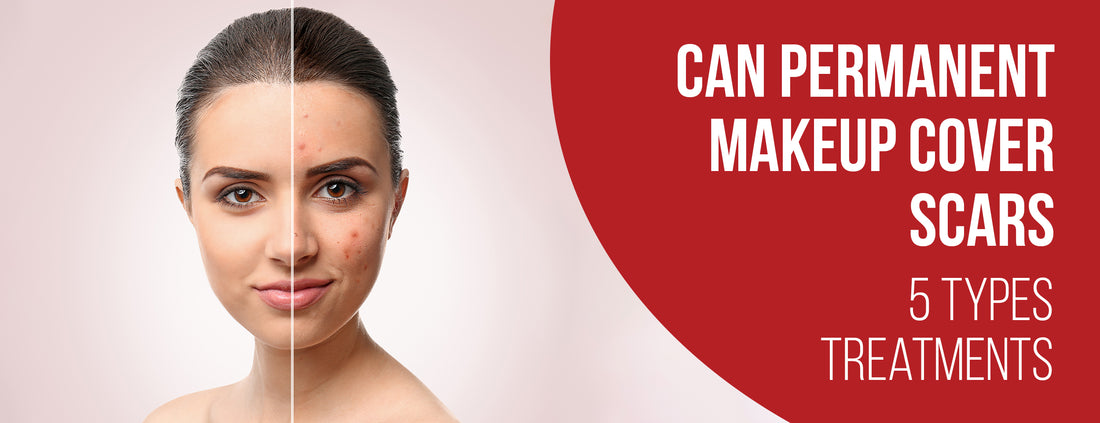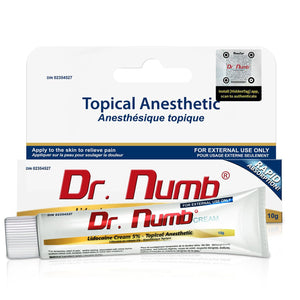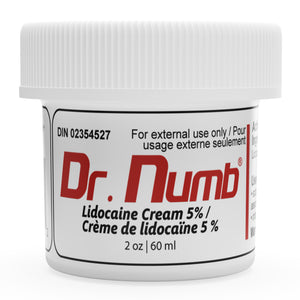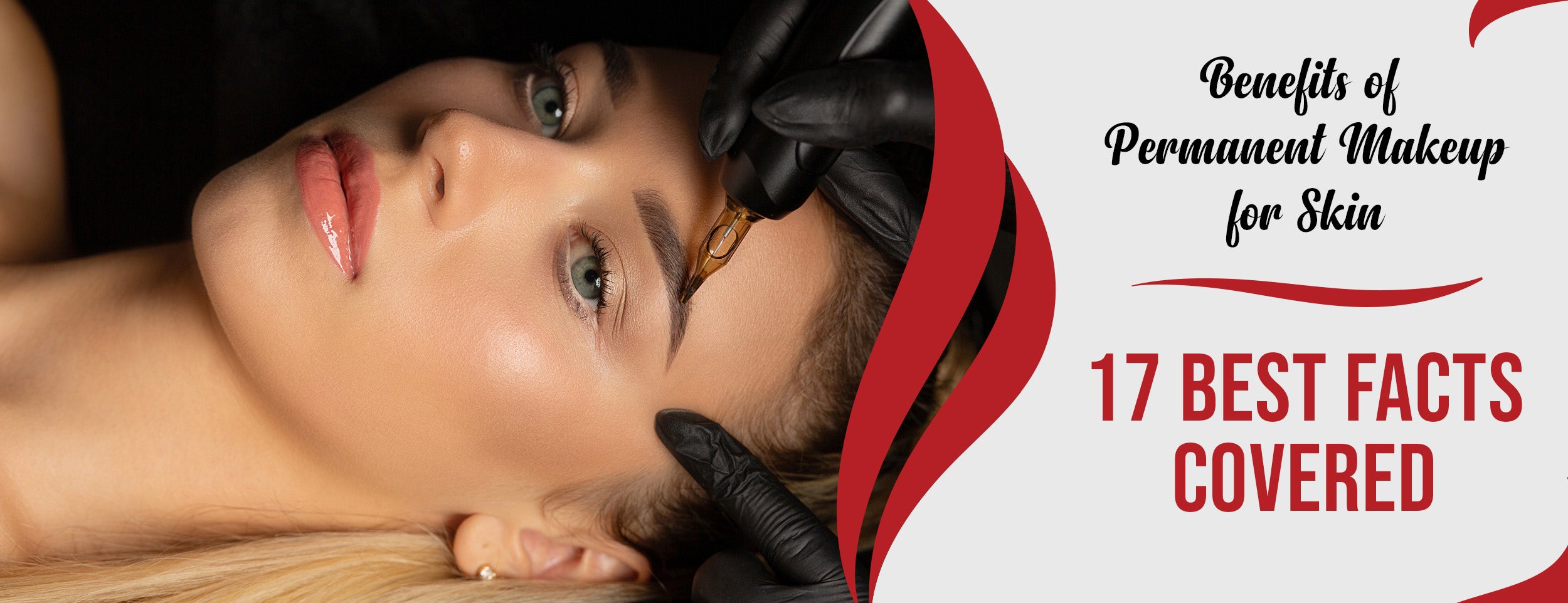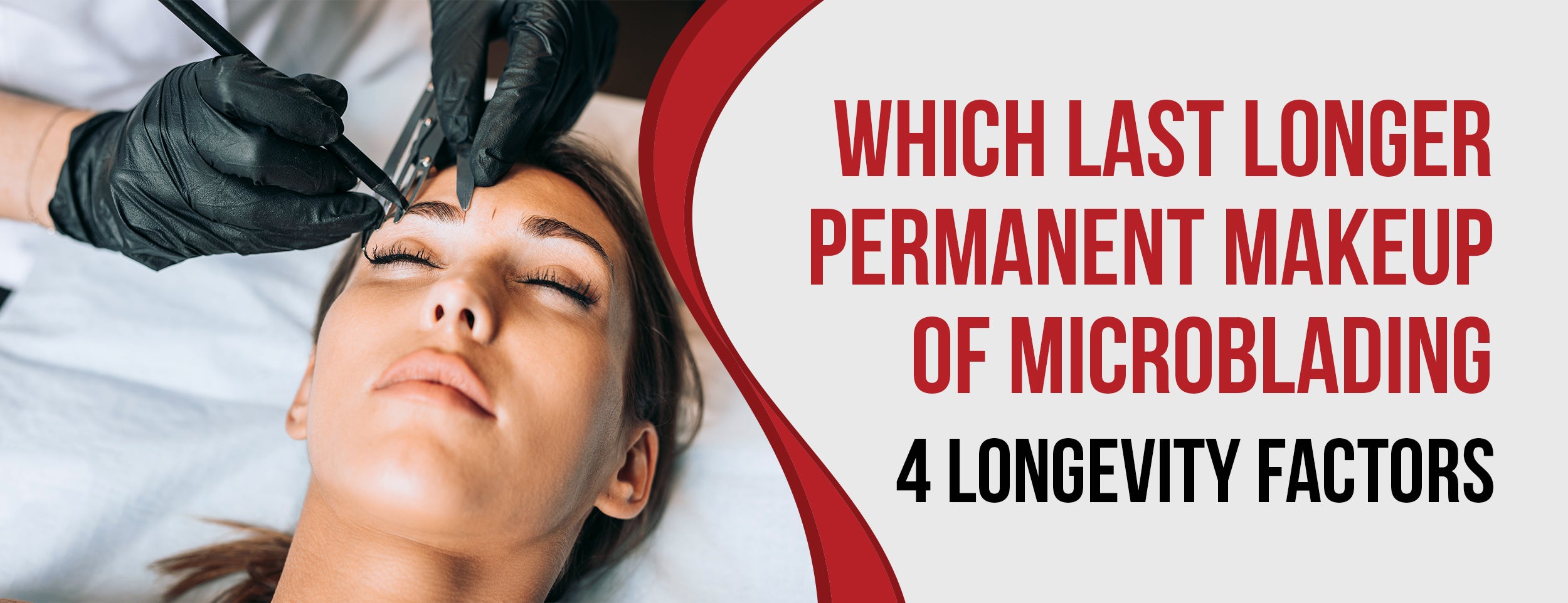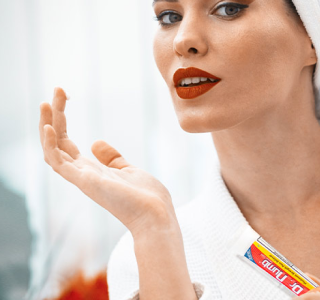Injuries, surgeries, skin conditions, and pregnancy can cause them. While some scars may fade over time, others remain prominent and can affect self-esteem.
Scar camouflage with permanent makeup is an effective and safe treatment. Repigmentation is only available to some patients. If considering this treatment, scars should be 9-12 months old with stable color.
This blog post will explore the possibilities and limitations of permanent makeup for scar removal. From the types of scars that can be covered to the process and concerns, we will provide a comprehensive guide to help you decide whether permanent makeup is right for you.
Can Permanent Makeup Cover Scars: Step-by-Step Guide

When concealing scars with permanent makeup, understanding the process is key to achieving the best results. We'll walk you through the comprehensive journey of covering spots with permanent makeup, from the initial consultation to the post-treatment recovery.
Consultation and Preparation
- Screening the Candidate: Before undergoing any permanent makeup treatment, you must be screened to ensure you're a suitable candidate. This may involve taking a detailed medical history to ensure you don't have any underlying health conditions that could make the procedure risky.
- Choosing the Colors and Design: Your permanent makeup artist will work with you to choose the right colors and designs for your scars. This is a crucial step, as the wrong choice can make your scars look even worse.
- Numbing Procedures: Once you've settled on a design, your artist will help you prepare for the procedure with numbing creams or injectable anesthesia.
- Sterilization and Safety Measures: Before beginning the procedure, your artist should take several steps to ensure that the area is sterilized correctly and that you and they are protected from infection.

Actual Treatment and Recovery
- Application of Pigments: The actual process of applying the pigments to your skin will typically take 1-2 hours, depending on the size and complexity of the treated area.
- Pain and Side Effects: While most people report minimal pain during the procedure, some may experience discomfort. Side effects can include redness, swelling, and tenderness for several days after the procedure.
- Aftercare and Healing Process: You'll need to take good care of the area in the weeks following the procedure to ensure that it heals properly. This may include avoiding exposure to sunlight, using topical creams, and avoiding certain activities that could cause trauma to the skin.
- Maintenance and Touch-Ups: Depending on the location of your scars and the type of pigments used, you may need touch-up treatments every few years to maintain the appearance of the makeup.
Permanent Makeup as Scar Cover-Up: 4 Factors to Consider

The decision to conceal scars with permanent makeup should be informed. Not all wounds are the same, and various factors can influence the effectiveness of permanent makeup. We'll delve into the crucial factors you should weigh before choosing permanent makeup as your scar removal option.
Skin Type and Sensitivity
- Skin Type: Your skin type can affect how permanent makeup adheres and appears on your skin. Some skin types may absorb pigments differently, which can influence the longevity and appearance of the makeup.
- Sensitivity: If you have sensitive skin, it's vital to consult with a dermatologist or skincare professional before undergoing permanent makeup procedures. Allergic or adverse skin reactions can occur, so understanding your skin's sensitivity is crucial.
Scar Location and Size
- Location: The placement of the scar plays a significant role in determining whether permanent makeup is a suitable option. Scars in highly visible areas or those with unique challenges, such as uneven surfaces, may require more advanced techniques or careful consideration.
- Size: The size of the scar matters as well. More prominent scars may necessitate more extensive coverage, which could impact the duration and cost of the procedure.
Makeup Artist Qualifications

- Certification: Always choose a certified and experienced permanent makeup artist. Verify their qualifications, credentials, and reputation to ensure you're in capable hands.
- Portfolio: Review the artist's portfolio to assess their previous work, especially in scar cover-ups. A skilled artist should be able to show you before-and-after photos of clients with similar scar-related concerns.
Expected Results and Duration
- Realistic Expectations: Having realistic expectations about what permanent makeup can achieve is essential. While it can effectively conceal scars, it may not eliminate them. Discuss your expectations with the makeup artist to ensure they align with what can be realistically accomplished.
- Duration: Understand that permanent makeup isn't truly endless. It will fade over time and may require touch-ups. Discuss the expected duration of the makeup's effectiveness with your artist and plan for necessary maintenance.
Can Permanent Makeup Cover Scars: 5 Types
In beauty and cosmetics, permanent makeup is highly popular for enhancing features. But it can also effectively conceal specific types of scars. Let's explore the fascinating realm of permanent makeup for scar coverage. We'll discuss scar types, depths, and precautions and provide information to help you make an informed decision.
Types of Scars
Scars come in various forms, each with its unique characteristics. Permanent makeup can be a solution for several types, including:
Stretch Marks
- Characteristics: Stretch marks, often seen as reddish or silvery streaks on the skin, can result from rapid weight gain or loss, pregnancy, or growth spurts.
- Depth: Stretch marks typically affect the top layers of the skin, making them relatively shallow.
- Covering Stretch Marks: Permanent makeup can help camouflage stretch marks by matching the pigments to your skin tone and blending them with the surrounding skin. Complete removal may not be achievable.
Burn Scars
- Characteristics: Burn scars can be disfiguring and range from mild to severe. They are often textured and can be pink, red, or brown.
- Depth: The depth of burn scars varies, with some penetrating deeper layers of the skin.
- Covering Burn Scars: Permanent makeup can help diminish the visibility of burn scars by improving color and texture. Multiple sessions may be needed for deep scars to achieve the desired results.

Surgical Scars
- Characteristics: Surgical scars result from surgical procedures and can vary in size and appearance. They are usually long and thin.
- Depth: The depth of surgical scars depends on the type of surgery and the surgeon's skill.
- Covering Surgical Scars: Permanent makeup can blend surgical scars with the surrounding skin. The success of this procedure depends on the scar's depth and your skin's ability to retain pigments.
Cesarean Incisions
- Characteristics: Cesarean section scars are usually located just above the pubic bone and vary in length. They are often horizontal.
- Depth: Cesarean scars are generally shallow but can vary depending on healing.
- Covering Cesarean Scars: Permanent makeup can help soften the appearance of Cesarean scars, making them less noticeable. Multiple sessions may be required for optimal results.
Scars from Certain Skin Conditions
- Characteristics: Scars resulting from skin conditions like acne, psoriasis, or eczema can be diverse in appearance.
- Depth: The depth of these scars depends on the severity of the skin condition and the individual's healing process.
- Covering Skin Condition Scars: Permanent makeup can conceal scars from skin conditions by matching pigments to your skin tone. It's important to note that the effectiveness may vary depending on scar depth and texture.
Precautions When Considering Permanent Makeup for Scars
While permanent makeup can be an excellent solution for concealing scars, it's essential to take some precautions before undergoing the procedure:
- Consultation with a Professional: Before considering permanent makeup for scar coverage, consult a qualified and experienced permanent makeup artist or dermatologist.
- Scar Assessment: Ensure that the depth and characteristics of your scar are assessed to determine if permanent makeup is appropriate.
- Skin Sensitivity: Be aware that some scarred areas may be more sensitive than others, and discuss this with your practitioner.
- Patch Test: Request a patch test to check for allergic reactions to the pigments used in permanent makeup.
- Follow Aftercare Instructions: Strictly follow the aftercare instructions provided by your practitioner to ensure proper healing and optimal results.
Can Permanent Makeup Cover Scars: Addressing Common Concerns
Before opting for permanent makeup to conceal scars, addressing common concerns is essential to make informed decisions. We will explore and provide insights into the most frequently asked questions and concerns about permanent makeup for scar removal.
Safety and Risks

Permanent makeup involves piercing the skin with needles to embed pigments into the dermis layer, which can pose several risks such as:
- Allergic Reactions and Infections: The skin may react to the pigments or numbing agents used during the procedure, leading to itching, swelling, or severe allergic reactions. Moreover, if the needles or equipment used are not sterilized correctly, it can cause infections, including bloodborne diseases like hepatitis and HIV.
- Pain and Discomfort: Since permanent makeup requires needles to penetrate the skin, it can cause mild to severe pain and discomfort, depending on the individual's pain tolerance level and the area being treated.
- Long-Term Effects and Complications: While permanent makeup results can last years, they can also cause long-term effects and complications. These include fading, discoloration, scarring, blistering, and even granulomas (inflammatory nodules).
- Legal and Ethical Issues: There are specific legal and ethical concerns related to permanent makeup, such as licensing and certification requirements for the professionals performing the procedure and ensuring that the clients give their informed consent.

Cosmetic Results and Expectations
While the safety concerns are crucial, the cosmetic outcome and expectations are equally vital to keep in mind. Some of the factors to keep in mind include:
- Realistic Outcome and Limits: Permanent makeup can indeed help cover up scars, but it is essential to have realistic expectations regarding its outcome. It cannot completely erase the scars but can significantly minimize their appearance.
- Matching Skin Tones and Textures: It is essential to ensure that the pigments blend well with the skin's natural tones and textures to achieve the desired natural-looking result.
- Enhancing or Concealing Scars: Depending on the scar's severity and location, permanent makeup can either enhance or conceal its appearance entirely.
- Social and Emotional Impacts of Scar Removal: Removing scars can have a significant impact not only on one's physical appearance but also on their psychosocial well-being. It can boost self-confidence and improve mood, positively impacting overall quality of life.
Conclusion
Permanent makeup is not a magic fix for all scars, but it can be a viable option for many. To achieve the best results, choosing a qualified and experienced makeup artist is crucial, following the aftercare guidelines and having realistic expectations. It is also essential to prioritize safety and avoid shortcuts that may compromise your health.
Personalized and effective scar removal solutions will undoubtedly emerge, offering even better choices for those who want to feel confident in their skin. Make sure you do your research, consult with a professional, and embrace your uniqueness, scars, and all.

